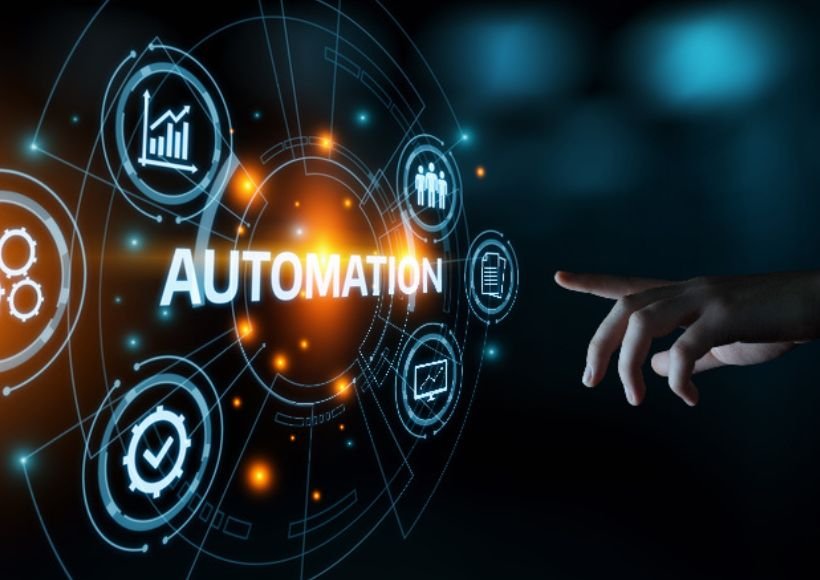Automation And Job Threats: What’s The Truth?

Table of Contents
Introduction
Studies on the impact of automation and computerization on jobs provide very different data. For example, researchers at the University of Mannheim claim that artificial intelligence threatens only 9% of jobs, a recent OECD survey says 14 percent, and researchers at Oxford University estimate in their document that “47% of jobs in the US are threatened by automation.” Which number is correct? And why did the studies come to very different conclusions?
All studies are based on the assumption that the future of work can be deduced by observing what computers can do. And there are good reasons to believe that this view is correct. Jobs based on routine and repetitive activities have been gradually disappearing since the 1980s.
This development is completely predictable. It is more difficult to provide a time schedule for how long it will take for most routine tasks to disappear. It is only possible to estimate how the latest developments in the field of artificial intelligence and mobile robotics will affect jobs. However, this says nothing about the pace at which jobs will be automated. The extent and pace of computerization will depend on several factors.
History of Automation
A look into the past may help a little. During the Second Industrial Revolution, the introduction of electricity and internal combustion engines resulted in the loss of many jobs. Whereas in 1900 more than 40% of the labor force was employed in agriculture, now it is less than 2%. From this point of view, the Oxford estimate that 47% of jobs are threatened by future automation does not seem extremely high. On the contrary, the numbers of the University of Mannheim and the OECD seem extremely low.
Oxford researchers invited a group of machine learning experts to help them evaluate the automation of 70 professions through detailed job descriptions. They had to assess whether each task of these professions was automated given the availability of state-of-the-art computer equipment.
On this “training dataset”, together with data on the skills, knowledge and abilities required for each profession, they then trained an algorithm to identify automated and non-automated tasks. Together, they examined 702 occupations, which in 2013, when the document was created, accounted for 97% of the US workforce.
Automation Job Threats
Among the professions considered by experts to be non-automated were, for example, waiters and waitresses. However, the algorithm gave a different answer, arguing that the tasks of the waiters were in fact automated. And it turned out to be right – in 2016, the Eatsa restaurant chain without waiters was opened.
However, the Mannheim study took into account, in addition to work tasks, other demographic variables such as gender, education, age and income. According to this approach, the more the accountant earns, the less automated his work is. If he has a PhD, his work is more secure against automation. But why should automation discriminate on the basis of employee characteristics?
Developments show that workers in jobs where a lower level of education is required and where there are (usually) lower incomes are the most exposed to automation. An OECD study that does not include demographic variables says that 6% (Norway) to 33% of jobs should be automated.
Conclusion
Thus, various studies have provided rather inconsistent results, it is up to policy makers to draw their own conclusions about the extent of the changes and respond appropriately.
Also Read : Analyzing Competitive Skill Sets In Job Listings




